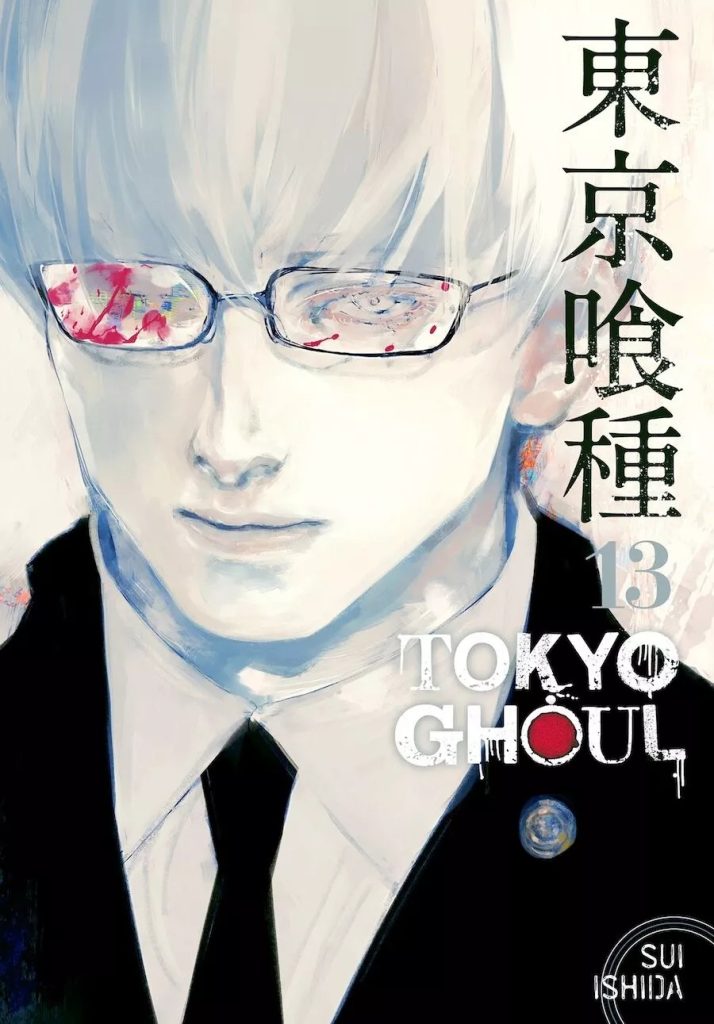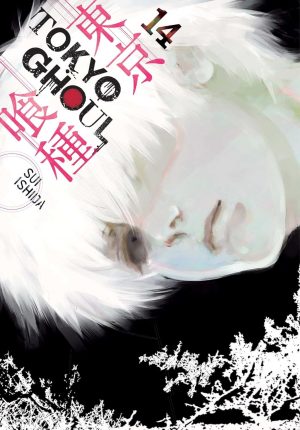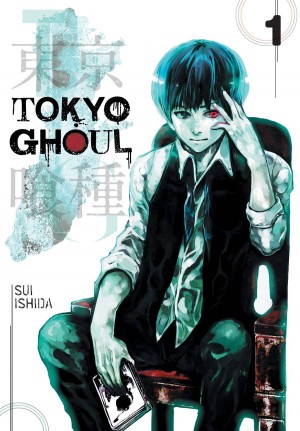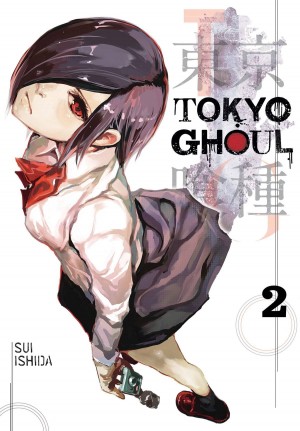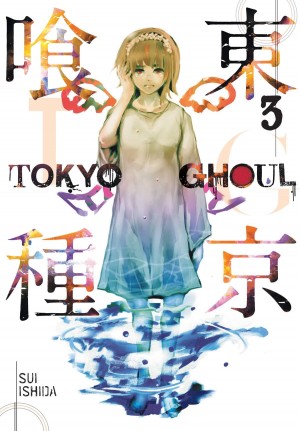Review by Ian Keogh
Deranged CCG investigator Juzo Suzuya didn’t put in an appearance during the events of Tokyo Ghoul 12, but this volume opens with a quick run through of what he was doing when first encountered by the CCG, and why they might have some patience with him. It’s creatively unpleasant, and interestingly Sui Ishida reshapes what was previously assumed to be the case. Is making him a little more sympathetic really in the best interests of the series, though?
It’s a theme that applies to the first few chapters, with Ishida returning to matters previously mentioned in passing and expanding on them, such as CCG investigators updating their will prior to a mission where death is a possibility. Seeing the reactions of the various officers provides insight into their personalities, and it’s during the course of a contemplative few opening chapters in which inevitability is a theme.
When the storm breaks with the first full scale action sequence, it’s as chaotically drawn as usual, but is also different for taking place not in a remote and confined location, but out in public in a residential area. It’s a long time before we learn that it’s practice to evacuate the area and sound an alarm, but that feels like an after the event excuse cobbled together, as it would also warn all ghouls. When there are pauses during the battle, Ishida pulls the viewpoint back, and offers some nicely drawn spreads of urban locations.
There’s a very abrupt ending, more a pause in the action than a cliffhanger, and seeing as the series finishes with Tokyo Ghoul 14, another indication Ishida’s plotting is only ever for serialisation without considering the subsequent volumes.
A definite feeling of matters coming to a head permeates the entire book, but there seems no way what Isihida’s set up can be finished in another ten chapters. We’ll have to see.
